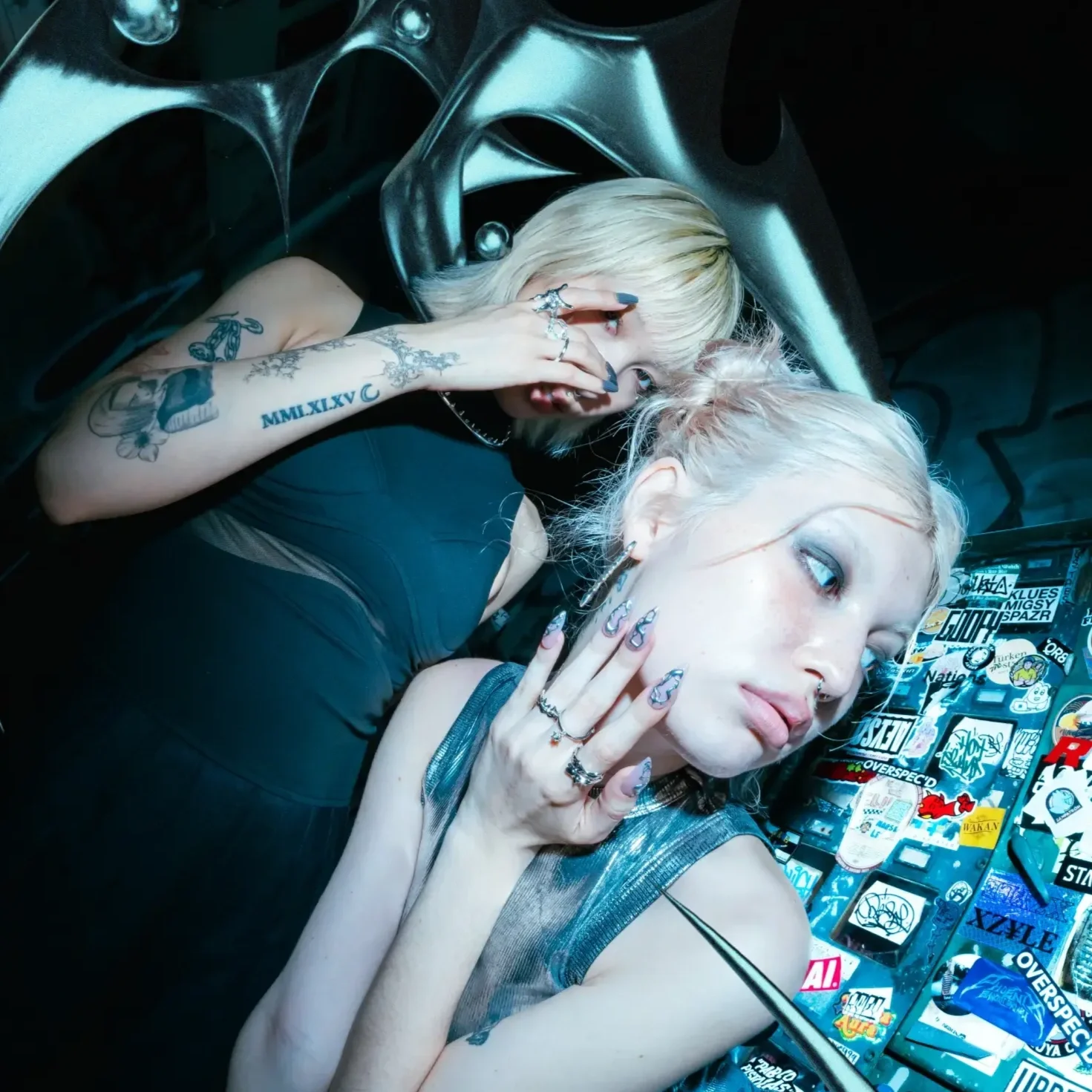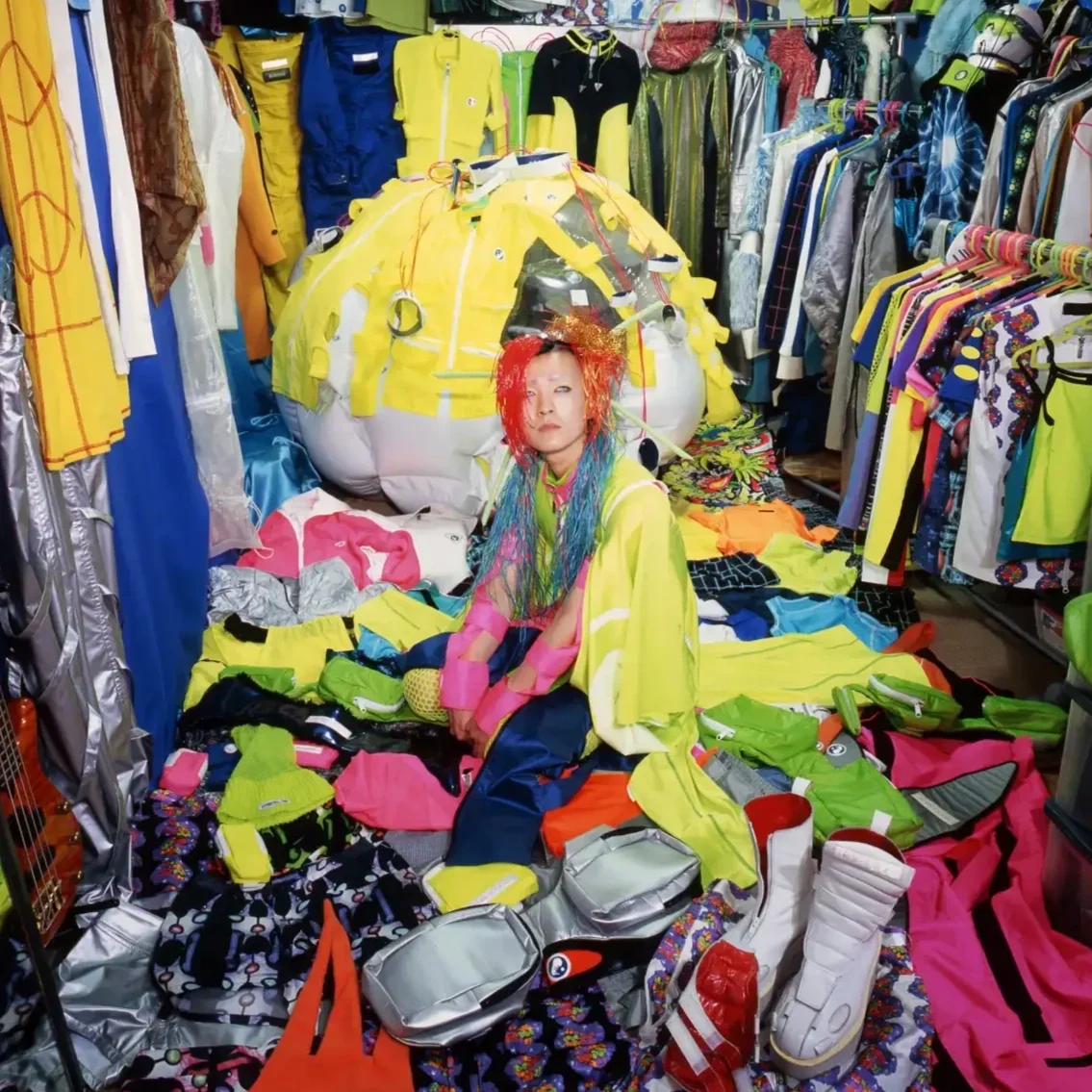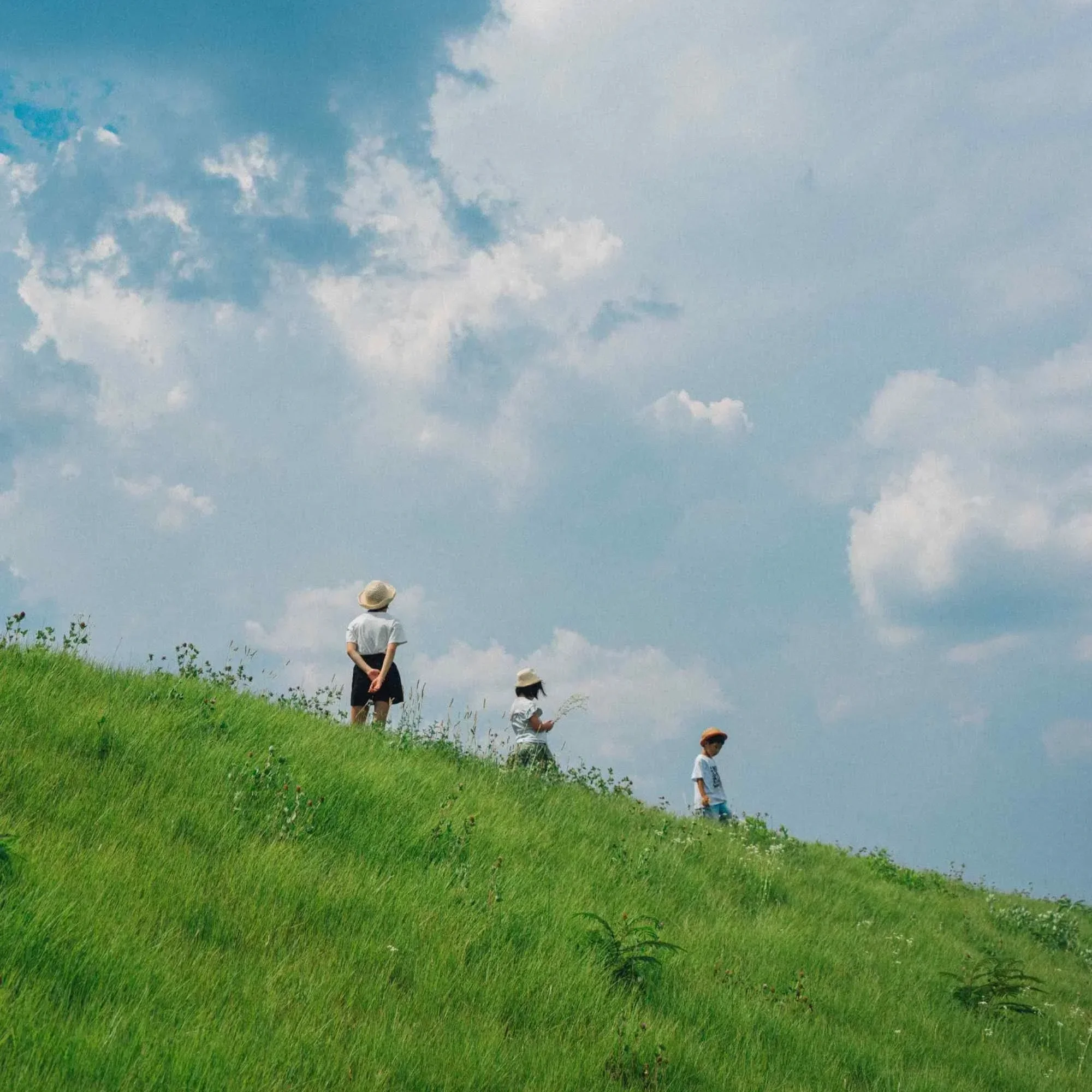Masahiro Shinoda’s Cinematic Legacy - A Guide to the Late Author
Assassination│© Shochiku
The passing of Masahiro Shinoda marked the end of an era in Japanese cinema: a director who straddled tradition and modernism, beauty and nihilism, with unparalleled sensitivity. Born in 1931 in Gifu, Japan, Shinoda grew up amid the cultural and political tremors of World War II and postwar reconstruction. That historic upheaval would come to inform the shadowed contours of his cinematic vision: distrust of authority, a fascination with decay, and a worldview where aesthetic and violence were never far apart.
Although he initially aspired to become a scholar, the death of his mother forced him to abandon his studies in theater history at Waseda University and enter Shochiku Studios in 1953. There he worked under masters like Yasujiro Ozu before making his directorial debut with One-Way Ticket to Love (1960). The film rode the wave of Japan’s youth movement, but it was only the beginning.
By the mid-1960s, Shinoda, along with peers Nagisa Oshima and Yoshishige “Kiju” Yoshida, was heralded as a leading voice of the Japanese New Wave. But unlike Oshima’s overt political polemics or Yoshida’s introspective formalism, Shinoda found his personal balance, as he wrought not in the rhetoric of revolution but in the weight of history, myth, and the roles we inherit.
An Introduction to Masahiro Shinoda’s Cinema: Tradition as Subversion
Shinoda never shunned tradition. He dug into it, such as the theatrical forms of Bunraku, Noh, Kabuki, and unearthed the contradictions buried beneath their elegant surfaces. “Culture is nothing but the expression of violence,” he once declared. His films, poised and lyrical, echoed with that belief. He employed long takes, stylized lighting, and meticulous staging not merely as aesthetic choices but as cultural analogs. In Samurai Spy, the framing itself evoked classical art, as if the ghosts of Japanese theater moved just outside the edges of the screen.
In this context, tradition was not a refuge from modernity, but a mirror held up to it. Period dramas like Assassination (1964) and Double Suicide (1969) weren’t escape valves; they were crucibles in which modern anxieties were distilled. As Shinoda himself put it, he intended to “take hold of the past and make it stand still so that [he could] examine it from different angles.” For him, the past was a lens to analyze the world with, not a place.
“I am not interested in utopian ideals,” he said, characteristics that distanced him from his contemporaries. His characters, often beautiful but doomed, moved through highly composed worlds in which personal feeling (called “ninjo”) and social obligation (“giri”) clashed with tragic futility. Their paths were choreographed like a ritual, their fates sealed like those of puppets in a Bunraku play. This literalization reached its peak in Double Suicide, where the kuroko (stagehands from traditional theater) walk through the frame, visible, assisting lovers in their fate. Artifice was not something to be hidden, but the whole point of his cinema.
Double Suicide│© Toho
Shinoda’s Cinematic Vision - A Symphony of Violence and The Aesthetic of the Abyss
“Human tenderness is unthinkable without violence,” Shinoda told Joan Mellen in 1975. Violence, for him, was not just a narrative event: as a matter of fact, it was the animating principle of both politics and aesthetics. He was less interested in why people yearned for peace than in why they waged war. His heroes, whether gangsters in Pale Flower (1964) or spies in Samurai Spy (1965), were not agents of change, but everyday victims caught in historical currents, expressing themselves only through stylized gestures of defiance.
This interest extended to his collaboration with avant-garde composer Toru Takemitsu, who scored many of Shinoda’s films. Takemitsu’s minimalist soundscapes, filled with rhythmic silences, plucked strings, and ambient resonance, matched Shinoda’s own fascination with surface tension. “I will make the film. That’s one voice. Takemitsu is another voice,” Shinoda said. Together, they crafted moments where sound, image, and motion achieved a kind of haunted unity.
In Pale Flower, for instance, a mob hitman floats through a Tokyo of empty streets and gambling dens, his doomed romance with an enigmatic woman playing out against a soundscape of distant echoes and sparse instrumentation. The film isn’t about action, but atmosphere. In fact, its black-and-white cinematography and psychological silence invite viewers to fill in the emotional blanks. A repeated style that embodied his vision.
Unsurprisingly, Shinoda’s compositions often placed characters at the center of motionless frames, surrounded by action they could neither direct nor escape. They were both agents and ornaments: men and women who moved with the grace of dancers and the helplessness of marionettes. In fact, as Donald Richie put it, Shinoda’s films were about “the shape of men’s lives, the patterns they make.”
Critics have called Shinoda a visual stylist above all else or, if you will, “a tirelessly arty director,” in the words of Roger Greenspun. But that comes as no surprise, as Shinoda’s style was his philosophy: according to the director, beauty is inseparable from decay, while control is an illusion, and meaning constructed in performance.
“Violence is an art form, but art is unthinkable without violence,” he believed. Perhaps difficult in theory, but easy and accessible to grasp while watching his films. His stories staged this argument quite consistently, thus this represents the most important factor to understand his artistry. In Assassination, for example, duels unfold with the glacial grace of Kabuki. While, in Buraikan (1970), failed Kabuki actors stage a rebellion that feels more like farce than defiance. Or lastly, in The Ballad of Orin (1977), a blind singer journeys through Japan’s four seasons and seventy locations, her sex drive as real as her sufferings.
Instead of offering transcendence, Shinoda’s films offered circularity, recurrence. He traced behaviors repeated across history: fascism, compliance, and above all self-destruction. That’s why Double Suicide ends where it begins, with the said kuroko answering a phone, and dead lovers staged while giving shape to an eternal image for a culture caught in ritualized repetitions.
Pale Flower│© Shochiku
His Key Films as Masters of Form, Not of Fate
Shinoda’s formal experimentation peaked in the ’60s thanks to freeze frames, 180-degree cuts, handheld CinemaScope, and symmetrical staging. But even as his techniques evolved, his worldview remained constant: a skepticism toward authority, a wariness of ideology, a devotion to the expressive potential of surfaces. And here, in this culminating artistic period with some of the above-mentioned films, Shinoda established his vision and what it inevitably symbolizes for worldwide cinema.
In this way, his cinema is less about character psychology and more about choreography, and messages that get through to the audience via symbols, images, and colours. Scenes often unfold from the outside-in, framing the character as just another object in the composition, but weirdly enough, it is easy to dive into. The actors seem to glide through space, propelled not by personal choice but by aesthetic logic. They are subjects of their history and style alike, and an unsurprising artistic means that guaranteed his creative success.
For example, in Double Suicide, Shinoda deconstructs the boundaries between stage and screen, actor and puppet, documentary and fiction. He stages the play as a play within the film, yet the artifice only makes the drama feel more real. They do not symbolize tragic heroes, but pieces of a domino destined to fall.
An Unmistakeably Lasting Influence
As previously stated, Shinoda was revered not only in Japan but internationally. His films screened at MoMA, the New York Film Festival, and Japan Society. Directors like Martin Scorsese and Paul Schrader sought him out. Not only that, but composer Tan Dun collaborated with him. Or also, at the Japan Society in 1999, Shinoda and his wife, actress Shima Iwashita, held an audience spellbound with stories from their five-decade creative partnership.
Some critics faulted his films for privileging surface over substance, but others, like scholar Audie Bock, saw that surface as substance. His “devotion to beauty,” she wrote, was his greatest contribution. For Shinoda, form was the only truth in a world where ideology had failed, and the only answer to meaningless violence was meaningful design.
Masahiro Shinoda died having made over 30 films that continued to ask what art could reveal about the human condition, thus films where puppets dance, warriors hesitate, and the screen itself becomes a theater for ritual, doubt, and grace.
In the end, his work doesn’t resolve the tension between violence and beauty. It lives inside it, and his legacy still lives on.









The culmination of Kon’s experiments in psychological animation.